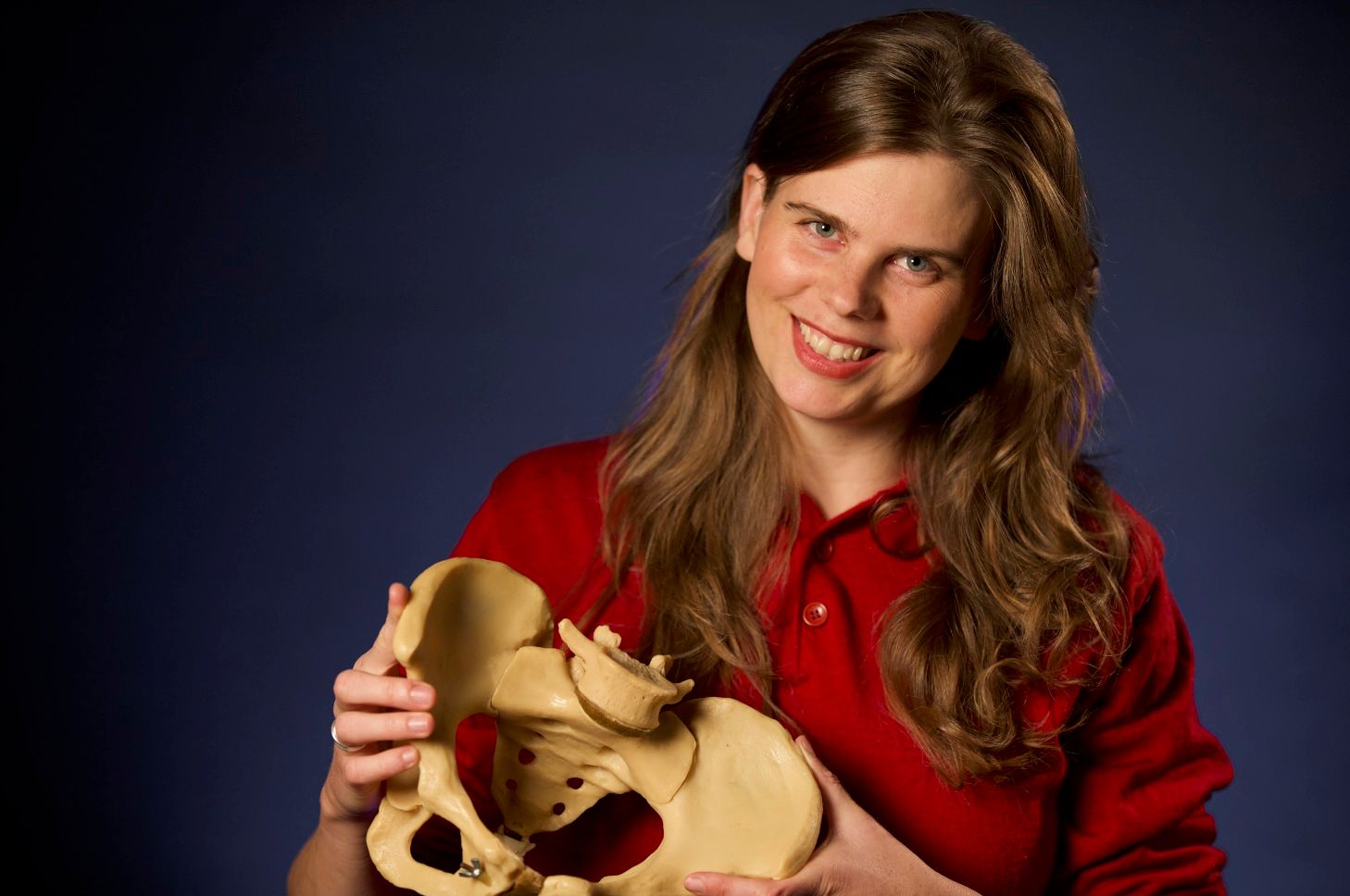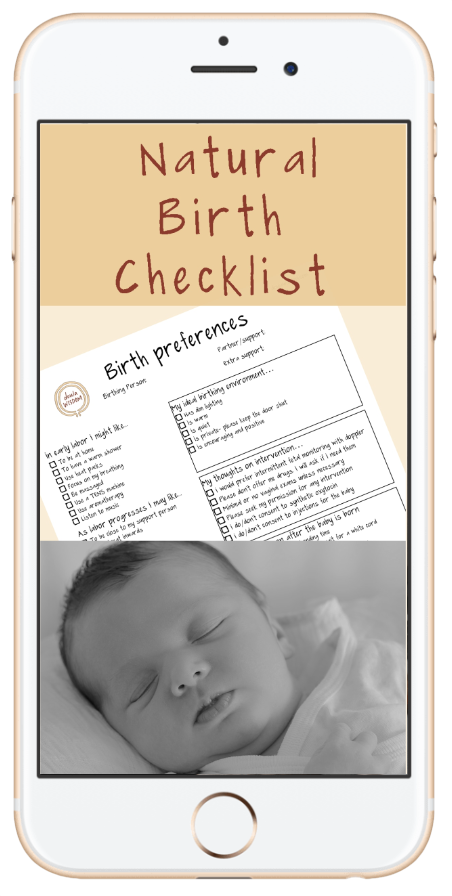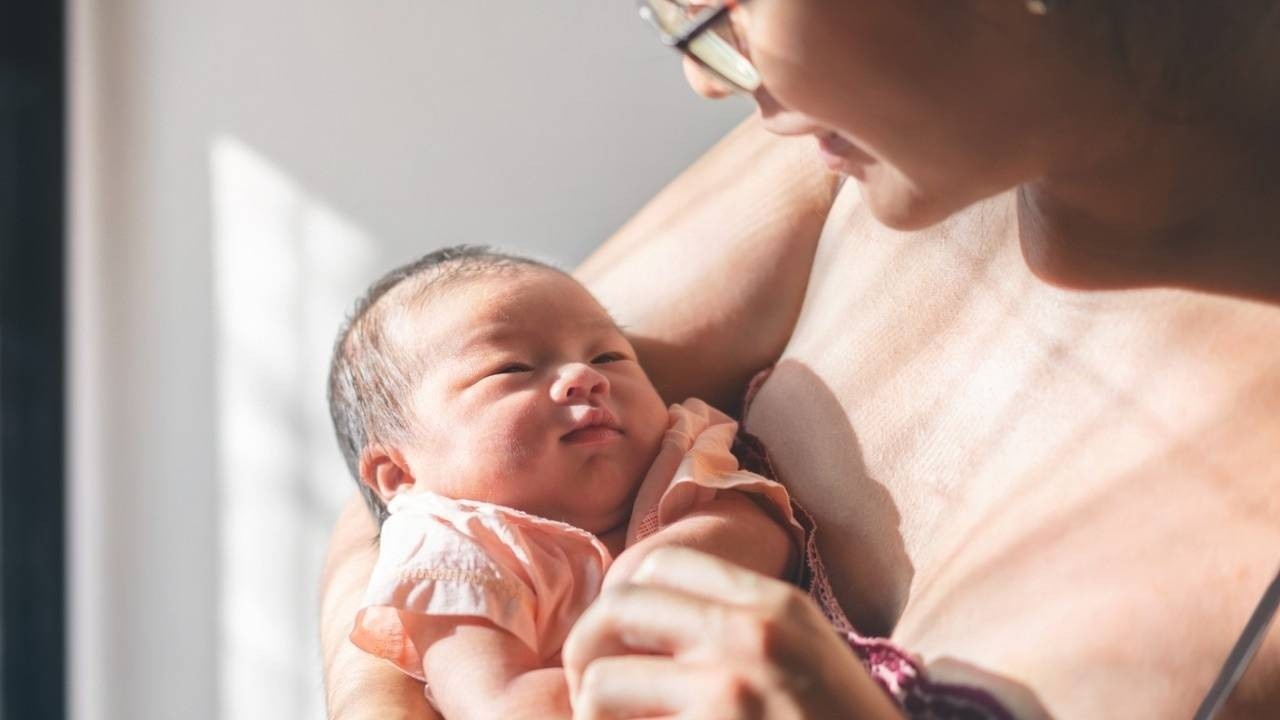Vitality Pills
Helping people boost iron,
increase energy
and regain clarity

Map to Birth & Beyond
An online childbirth course to help you feel more calm and confident about birth and postpartum

A bit about me...
I'm Kirrah Stewart, founder of Wisdom Formulas and Doula Wisdom. I make the world-famous Vitality Pills (an iron supplement made from organic chicken liver).
I also have 15 years experience supporting families in pregnancy, birth and postpartum in Northern Rivers, NSW, Australia.
I am passionate about health and wellbeing. I know the right support makes ALL the difference to your journey.
Want to feel more confident about birth?
Download this free checklist that has practical tips and natural suggestions for the three stages of labor, a packing list for birth, pictures of useful labour positions and helpful hints for partners.
This also pops you onto my email list, you can unsubscribe at any time






